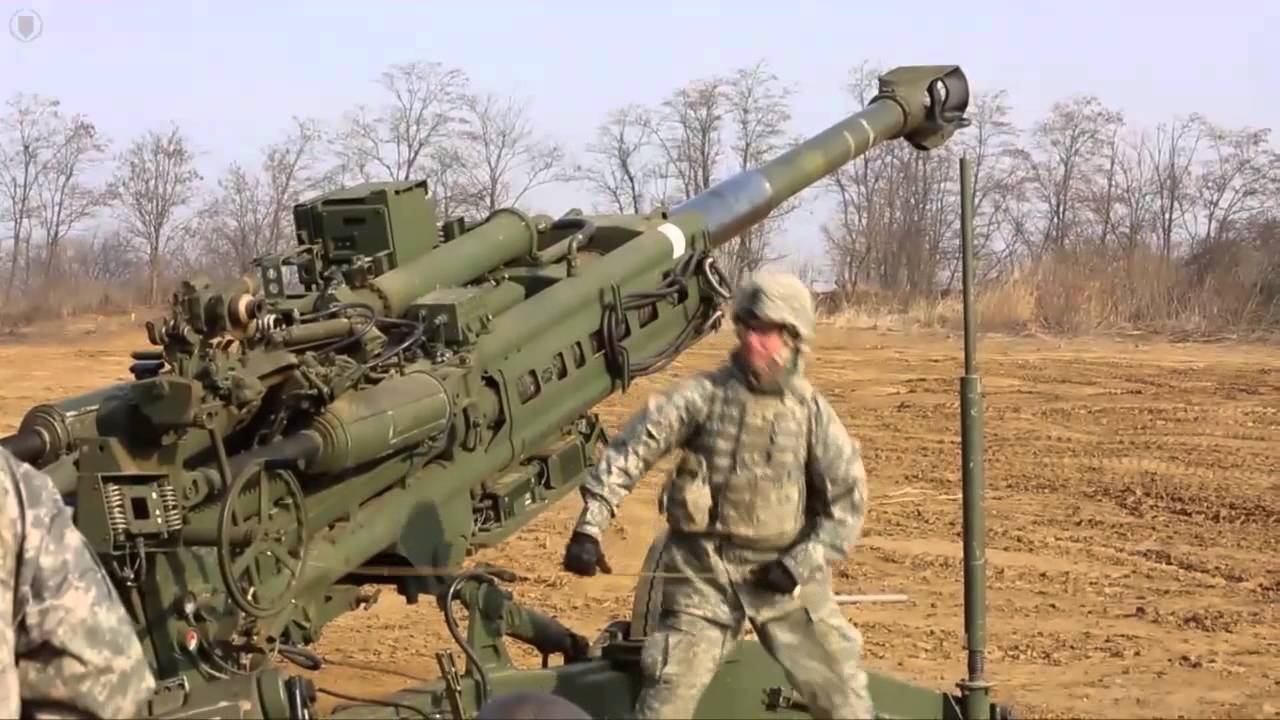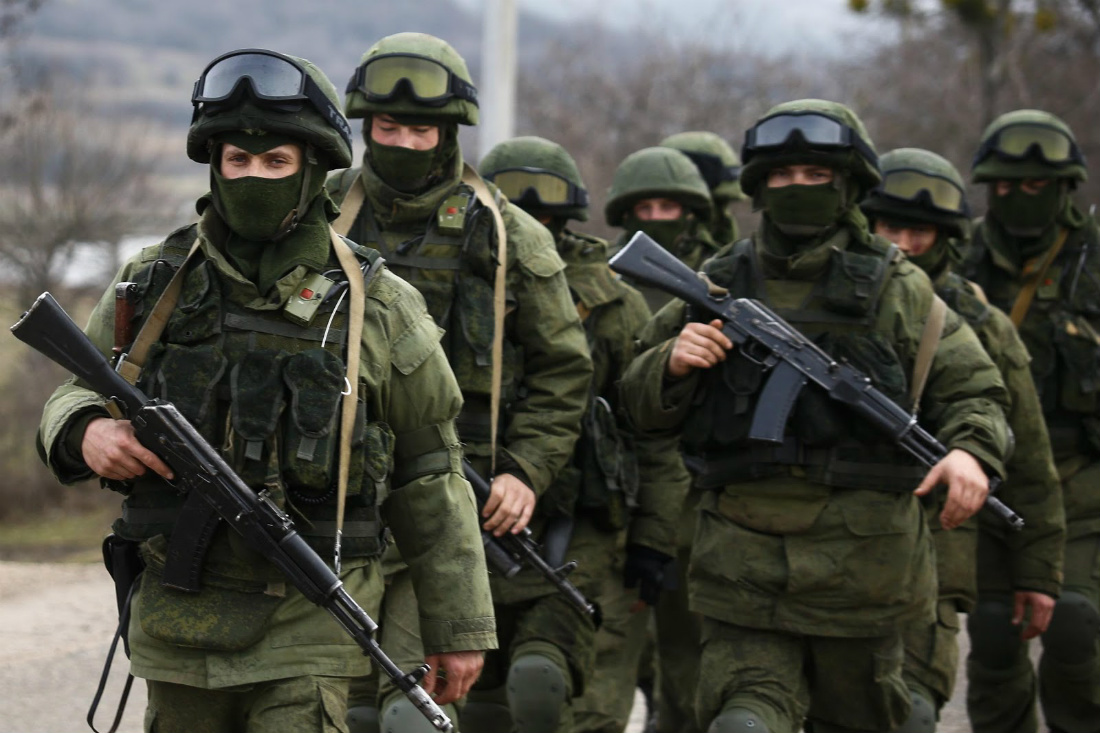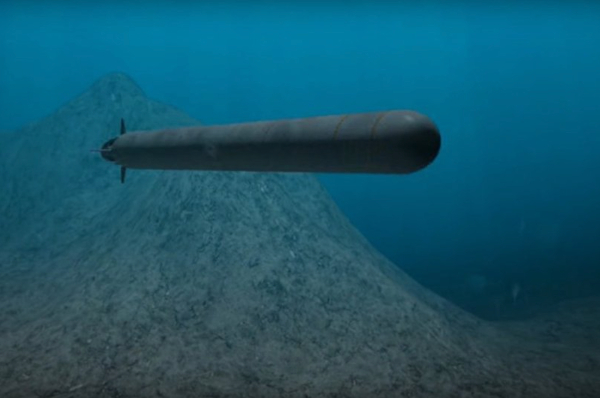ESCALATION: India conducts nuclear-capable ballistic missile test one week after border clash with China
12/19/2022 / By Arsenio Toledo

India carried out a test launch of a long-range, nuclear-capable ballistic missile called Agni-V on Thursday, Dec. 15, one week after Indian and Chinese troops clashed along their disputed border regions in the Eastern Himalayas.
The Strategic Forces Command, a branch of the Indian Armed Forces, facilitated the Agni-V test launch from Abdul Kalam Island off the coast of the western state of Odisha.
The Agni-V missile launch was carried out one week following a renewal of border clashes between India and China along their disputed borders in the Himalayas. (Related: Almost a thousand Indian and Chinese troops engage in fresh clashes along disputed border.)
Indian Minister of Parliamentary Affairs Pralhad Joshi confirmed that the test launch had taken place and that it was successful, marking a “historic milestone” for the country’s defense industry.
“The missile will add great value to the defense and strengthen national security to a greater extent,” said Joshi.
Ahead of the test, Indian authorities issued a notification and declared the Bay of Bengal a no-fly zone for several hours. The test launch itself was conducted at night.
The Indian military has been test-firing its Agni-V missiles since 2012, with the last test conducted on Oct. 27, 2021. Indian government officials said the launch reaffirmed India’s policy to have “credible minimum deterrence,” underlining the country’s commitment to its “No First Use” policy. This policy stipulates that India can only use nuclear weapons in retaliation against a nuclear attack on Indian troops or territory.
India claims launch meant to test new missile tech
A spokesperson for the Indian Ministry of Defense claimed that the test was carried out primarily to validate various new technologies that were installed in the missile, which they note can strike targets at ranges of 5,000 to 5,500 kilometers (3,106 to 3,417 miles).
Indian media reported that the ballistic missile’s range covers almost the entire Chinese mainland.
Like previous ballistic missile tests, the Strategic Forces Command tracked the missile’s flight performance and monitored its flight path through radars, range stations and tracking systems, including in the Bay of Bengal.
The Agni-V uses a three-stage solid-fueled engine developed by the Defense Ministry’s Defense Research and Development Organization (DRDO), India’s main military research ad development agency.
The Agni line of nuclear-capable ballistic missiles has been under development since early 1980 under the Integrated Guided Missile Development Program. Earlier versions of the Agni missile, notably Agni-I and Agni-II, were medium-range ballistic missiles with ranges of 700 and 2,000 to 3,000 kilometers (435 miles and 1,242 to 1,864 miles), respectively.
The recent Agni-V test launch has also paved the way for the DRDO to continue developing a new generation of nuclear-capable ballistic missiles.
In June 2021, the agency unveiled and successfully tested the Agni-P, an advanced variant of the Agni-class of ballistic missiles with a range of between 1,000 to 2,000 kilometers (621 to 1,242 kilometers).
While the DRDO has not confirmed it, the agency is said to be already developing Agni-VI, a next-generation ballistic missile with a range of at least 8,000 kilometers (4,971 miles).
Learn more about ongoing conflicts around the world at WWIII.news.
Watch this clip featuring Gordon Chang discussing how China is building nuclear missile silos with offensive nuclear capabilities.
This video is from the Chinese Taking Down Evil CCP channel on Brighteon.com.
More related stories:
China to have roughly 1,500 nuclear warheads by 2035.
China deploys KILLER ROBOTS to its contested border with India.
India recently put Beijing in range of its nuclear weapons, report says.
Sources include:
Submit a correction >>
Tagged Under:
Agni-V, ballistic missiles, big government, border clashes, border conflict, border dispute, border security, chaos, China, himalayas, India, military technology, national security, nuclear, nuclear weapons, weapons technology, World War III
This article may contain statements that reflect the opinion of the author
RECENT NEWS & ARTICLES
COPYRIGHT © 2017 CHAOS NEWS





















